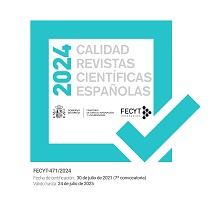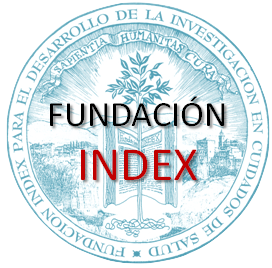Overload and pain in perceived caregivers of dependent elder
Abstract
Objectives: To evaluate the subjective overload and perceived pain in caregivers of dependent elderly, and to determine if the intensity of perceived pain is associated with the caregiver overload.
Material and methods: A transversal study. Variables: age, sex, family relationship, living with the patient, educational level, time as a caregiver, paid work, Caregiver Stress Index (IEC) and pain intensity (VAS).Descriptive and inferential statistical analysis: Student t test, Pearson r and ANOVA, as appropriate.
Results: IEC 6.58 ± 1.21, 6.60 ± 1.21 EVA, EVA and IEC correlation r = 0.571, p <0.0001; EVA time as a caregiver and r = 0.340, p <0.026.
Conclusions: Carers of dependent elderly have high rates of resistance and pain perception caused by very nature of care required by elderly dependents. Is there a direct relationship between pain intensity and degree of overload of the caregivers.
Downloads
The works published in this magazine are subject to the following terms:
1. The Publications Service of the University of Murcia (the publisher) preserves the copyright of the published works, and encourages and allows the reuse of the works under the license for use stated in point 2.
© Servicio de Publicaciones, Universidad de Murcia, 2011 (© Publications Service, University of Murcia, 2011)
2. The works are published in the electronic edition of the journal under Creative Commons Reconocimiento-NoComercial-SinObraDerivada 3.0 España(texto legal) “ a Attribution-NonCommercial-NoDerivatives 3.0 Spain license (legal text)”. They can be copied, used, broadcasted, transmitted and publicly displayed, provided that: i) the authorship and original source of their publication (journal, publisher and URL) are cited; (ii) are not used for commercial purposes; iii) the existence and specifications of this license is mentioned.
3. Conditions of self-archiving. Authors are allowed and encouraged to electronically disseminate the pre-print (pre-reviewed ) and / or post-print (reviewed and accepted for publication) versions of their works prior to publication, as it ensures a wider circulation and dissemination which may lead to a possible increase in its mention and a higher scope among the academic community. RoMEO color: green.













